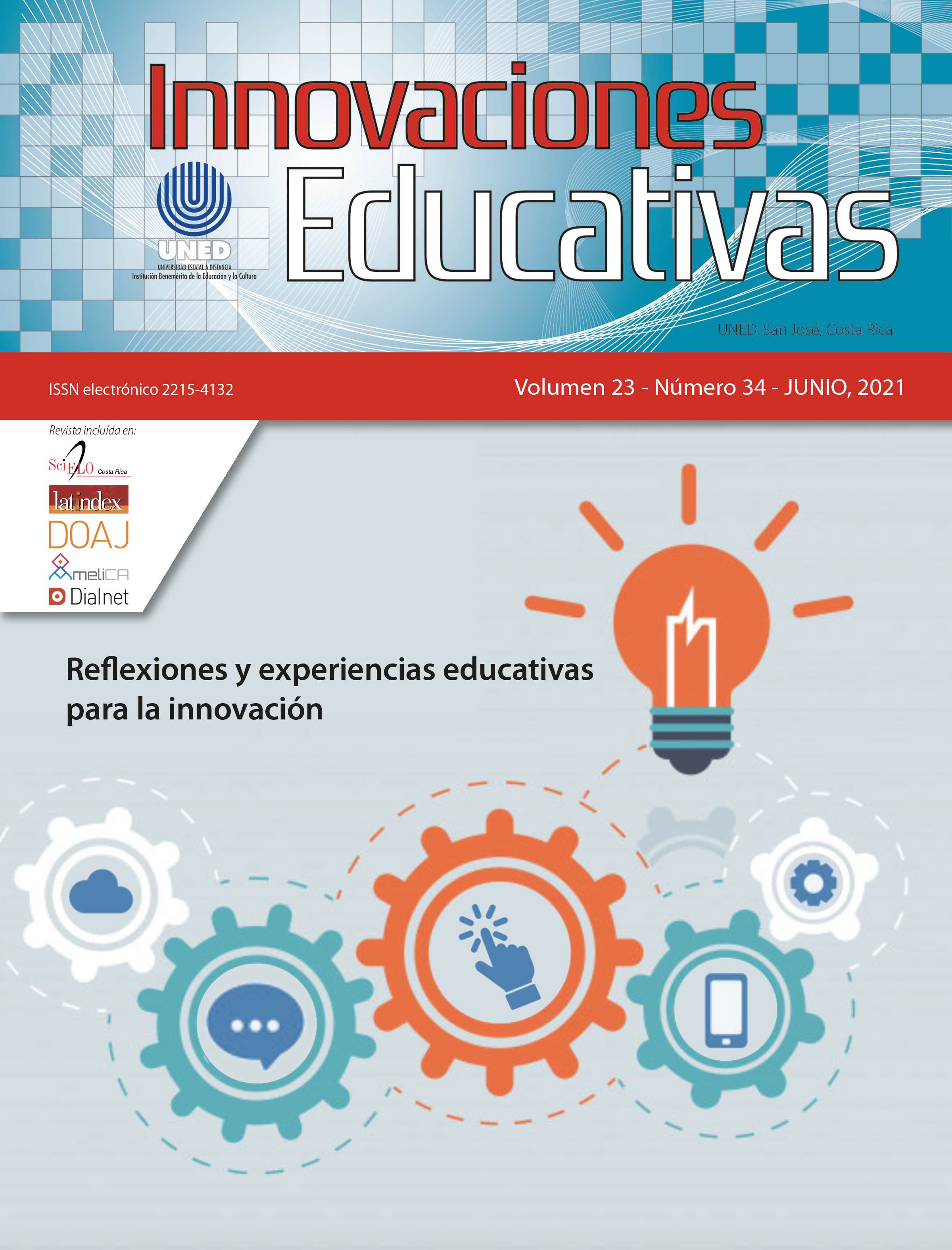Reflections on the historical evolution of the concept of distance education
DOI:
https://doi.org/10.22458/ie.v23i34.3364Keywords:
Distance Learning, Information Technologies, Pedagogy, Learning, EducationAbstract
This essay portraits some of the blueprints concerning the historical path of the concept and the foundations of distance learning aiming at bringing to light the concept’s different theories and their link with communication technologies. Therefore, a bibliographical review was carried out to select texts by renown authors on the field that contributed to the reflection in regard to distance learning and their linked with communication technologies. A significant finding was to stumble upon the ideia that the conceptual construction of distance learning and hence its pedagogical foundations are recent approximately in the 1960’s; in spite of it having its remote origins long before the invention of written communication. The conclusions lead to the conviction that the historical evolution of this education model is linked with the evolution of communication technologies themselves and the way in which they allow distance to be managed.
s carried out, selecting texts from well-known authors for their contributions to reflection on distance education. A significant finding of this exercise is that the conceptual construction of distance education and therefore of its pedagogical foundations is relatively recent, approximately towards the 1960s, despite the fact that it is an educational modality that has its remote antecedents in the invention of written communication. Hence, it is concluded, mainly, that the historical evolution of this educational modality is strongly associated with the evolution of communication technologies and the way in which they allow distance to be managed.
References
García Aretio, L. (1987). Hacia una definición de educación a distancia. Boletín informativo de la Asociación Iberoamericana de educación Superior a distancia. 4(18), abril, 1-4.
García Aretio, L. (1999). Historia de la Educación a Distancia. RIED. 2(1), pp. 8-27. https://doi.org/10.5944/ried.2.1.2084
Hodges, C., Moore, S., Lockee, B., Trust, T. y Bond, A. (2020). La diferencia entre la enseñanza remota de emergencia y el aprendizaje en línea, en P. Neira, C. Rodríguez y J. Villanueva (comps.). Enseñanza remota de emergencia: textos para la discusión, pp. 12-22. Lima, Perú: Th eLearning Factor. Recuperado de http://www.educaccionperu.org/wp-content/uploads/2020/04/Ensen%CC%83anza-Remota-de-Emergencia-Textos-para-la-discusio%CC%81n.pdf
Holmberg, B. (1983). Guided didactic conversation in distance education. In D. Sewart, D. Keegan & B. Holmberg (Eds.). Distance education: International perspectives, pp. 114-122. London, England: Croom Helm.
Kaplún, M. (1998). Una pedagogía de la comunicación. Madrid, España: Ediciones de la Torre.
Moore, M. (1977). On a Theory of Independent Study. Ziff Papiere. (16), 1-27.
Moore, M. (2019). The Theory of Transactional Distance. In M. Moore. & W. Diehl (Eds.). Handbook of Distance Education, pp. 32-46. New York, USA: Routledge.
Moore, M. & Kearsley, G. (2012). Distance Education: A Systems View of Online Learning. California, USA: Wadsworth.
Rama, C. (2019). Políticas, tensiones y tendencias de la Educación a Distancia y virtual en América Latina. Salta, Argentina: Ediciones Universidad Católica de Salta.
Simonson, M., Smaldino, S. & Zvacek, S. (2017). Teaching and Learning at a Distance. Foundations of Distance Education. North Carolina, USA: Information Age Publishing.
Wedemeyer, C. (1981). Learning at the Back Door, Reflections on NonTraditional Learning in the Lifespan. Winsconsin, USA: The University of Winsconsin Press.

